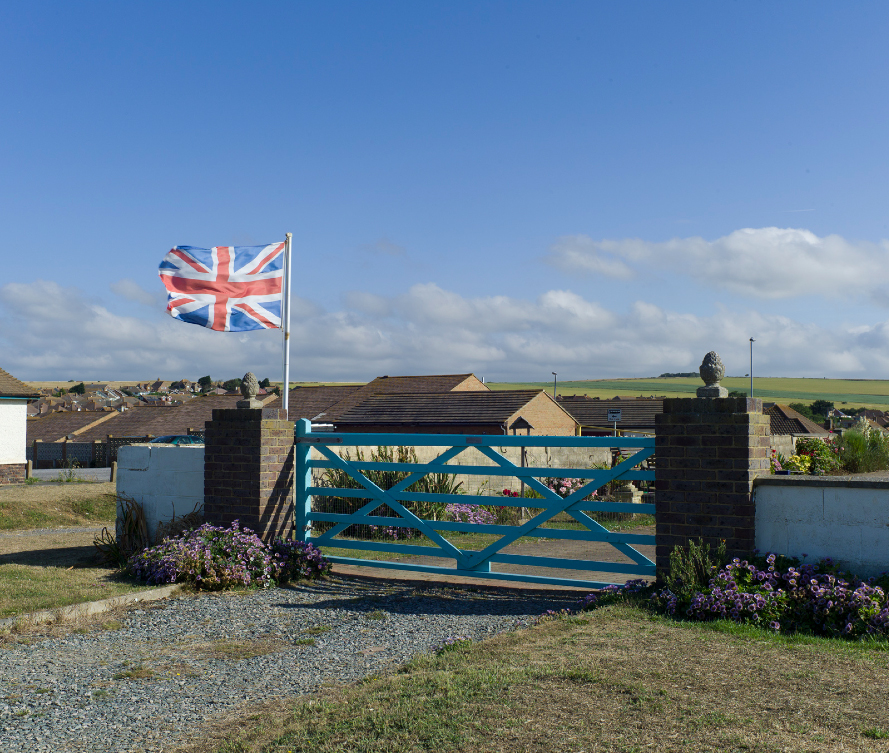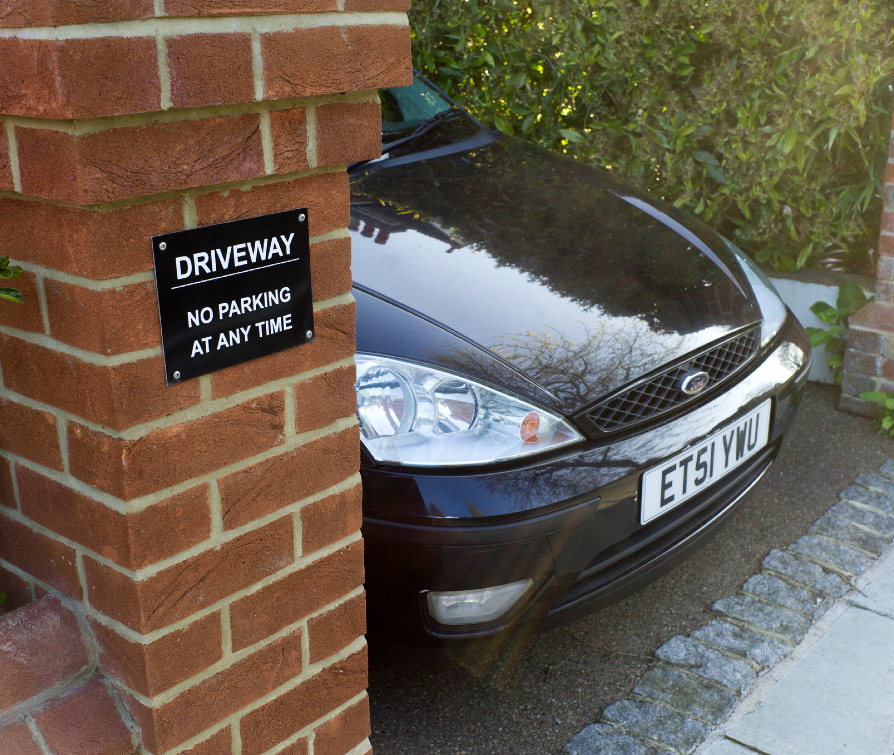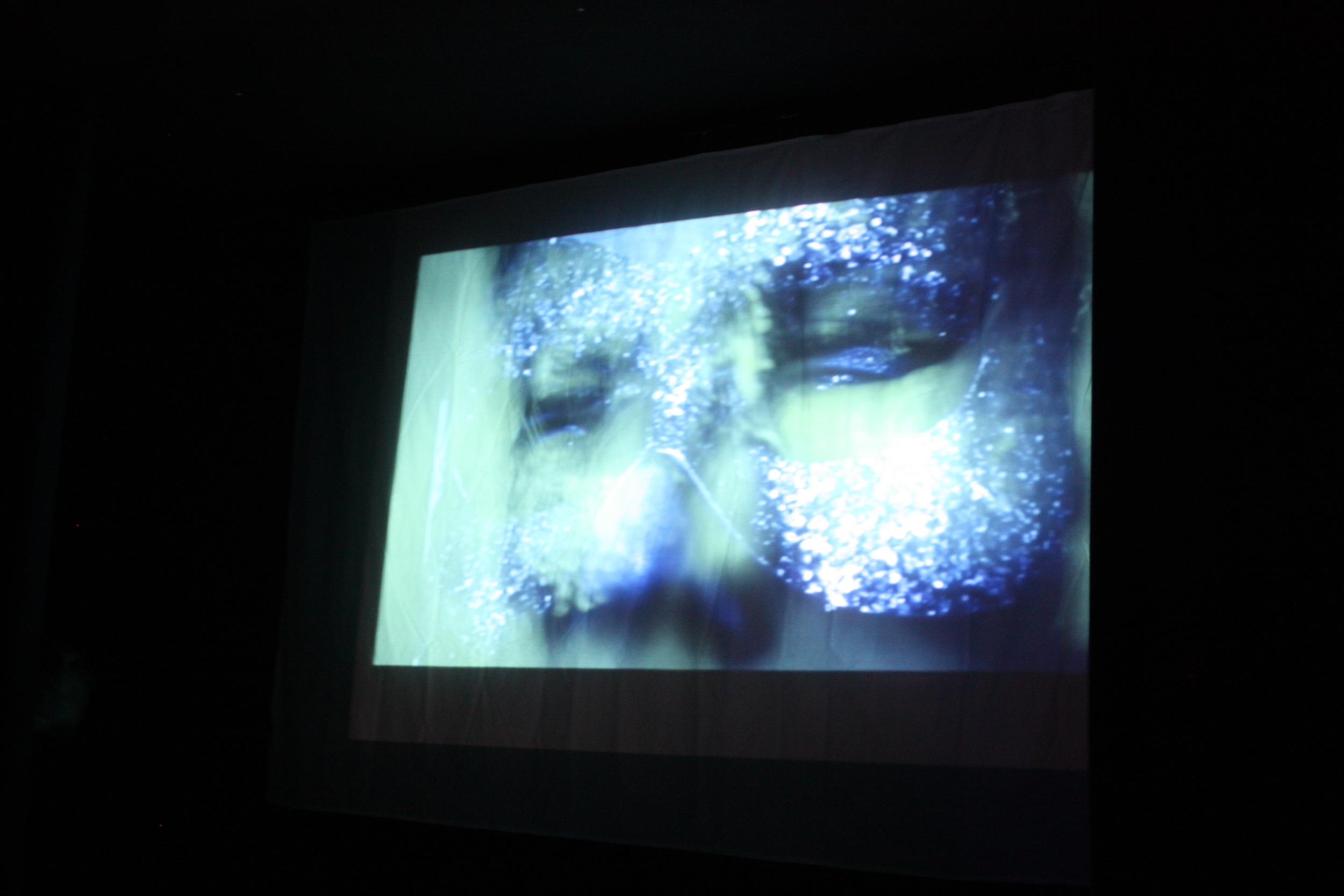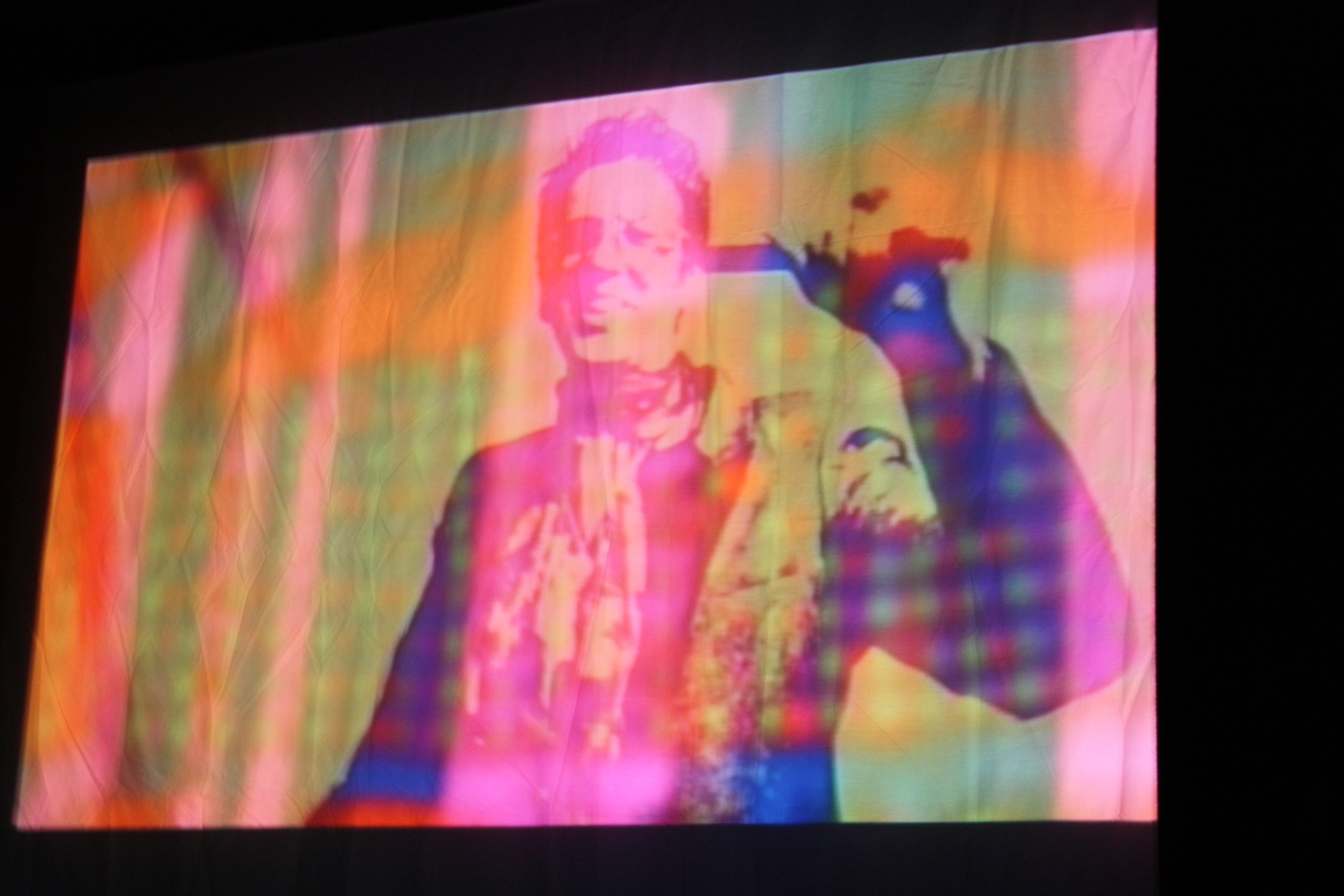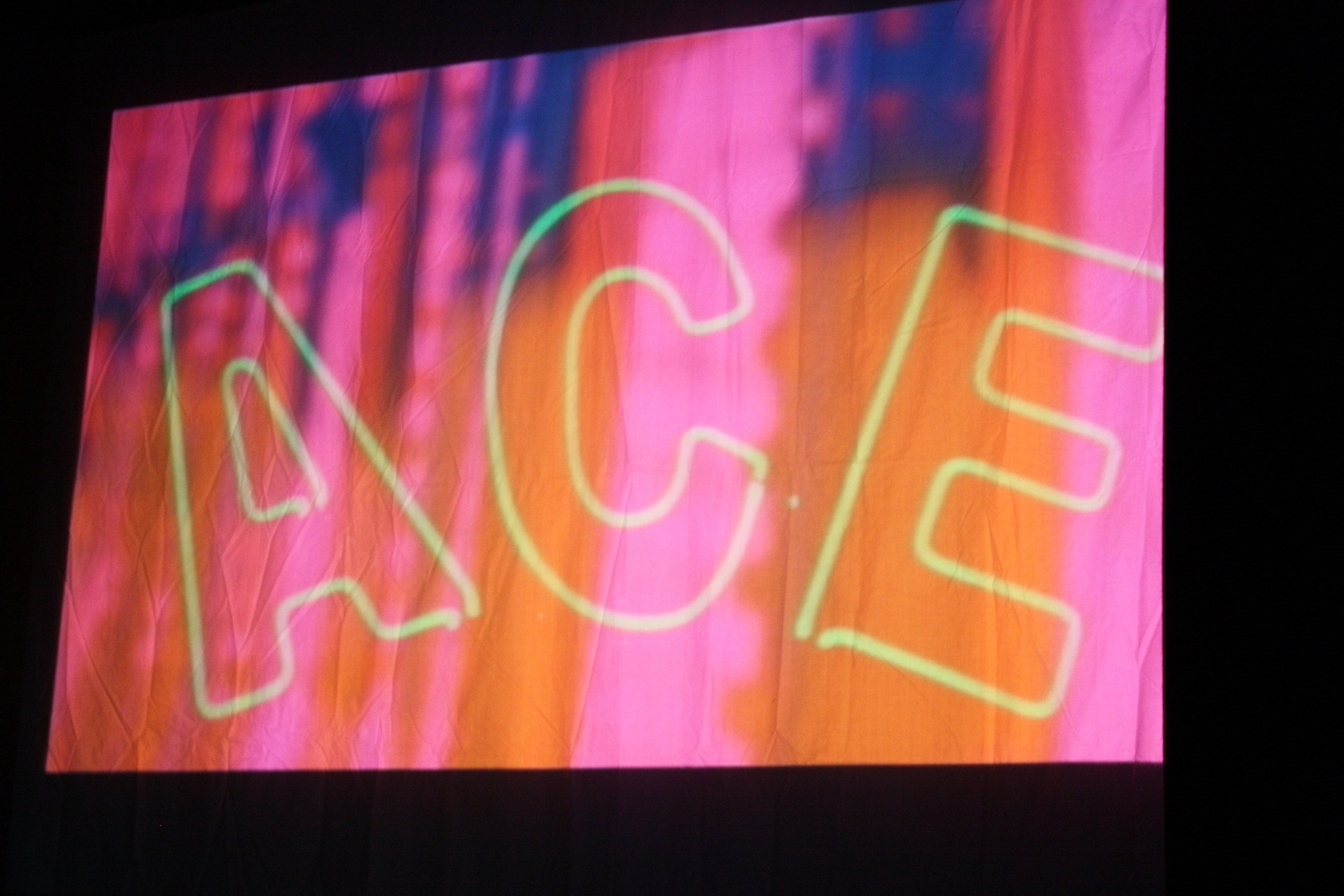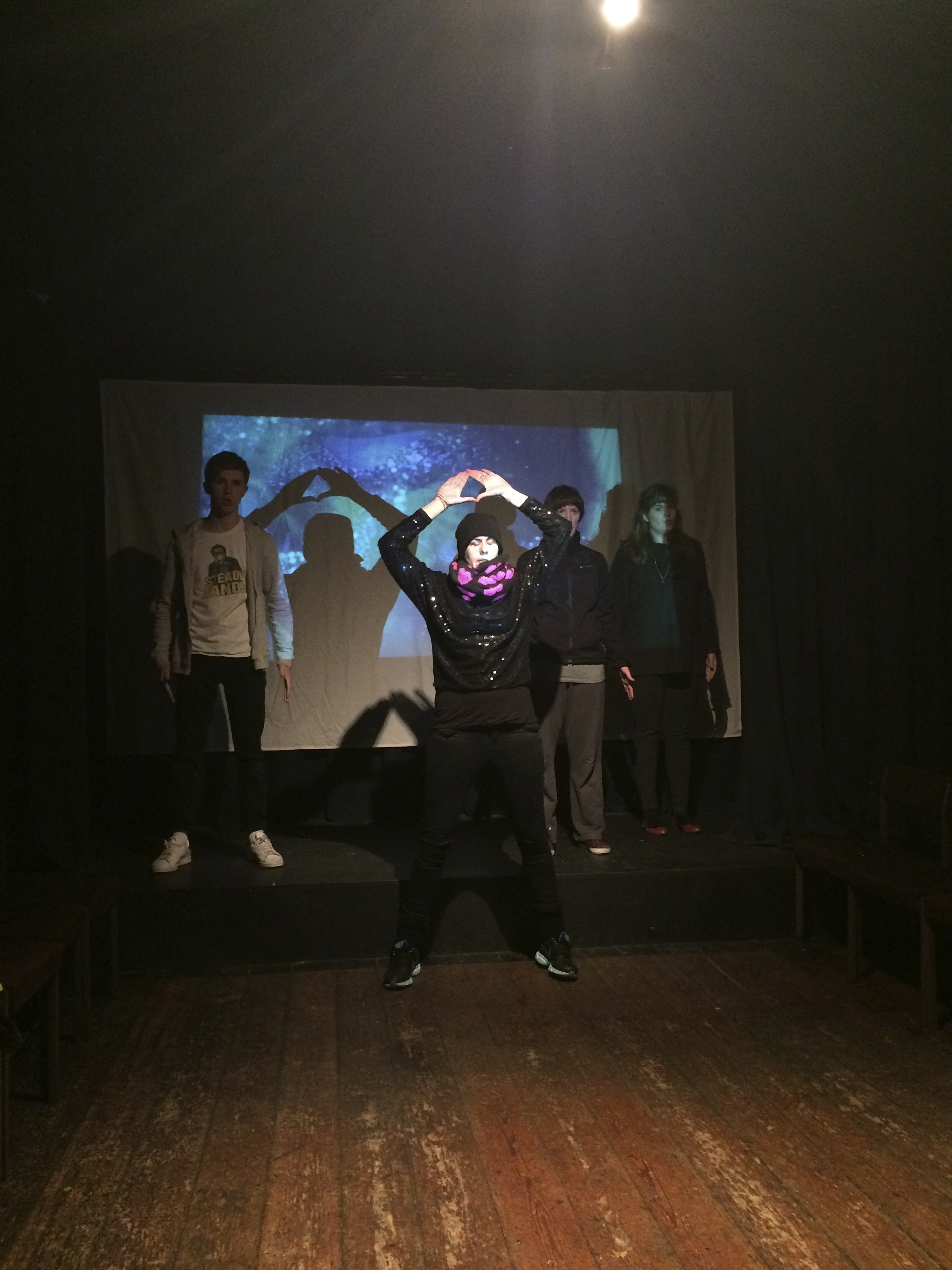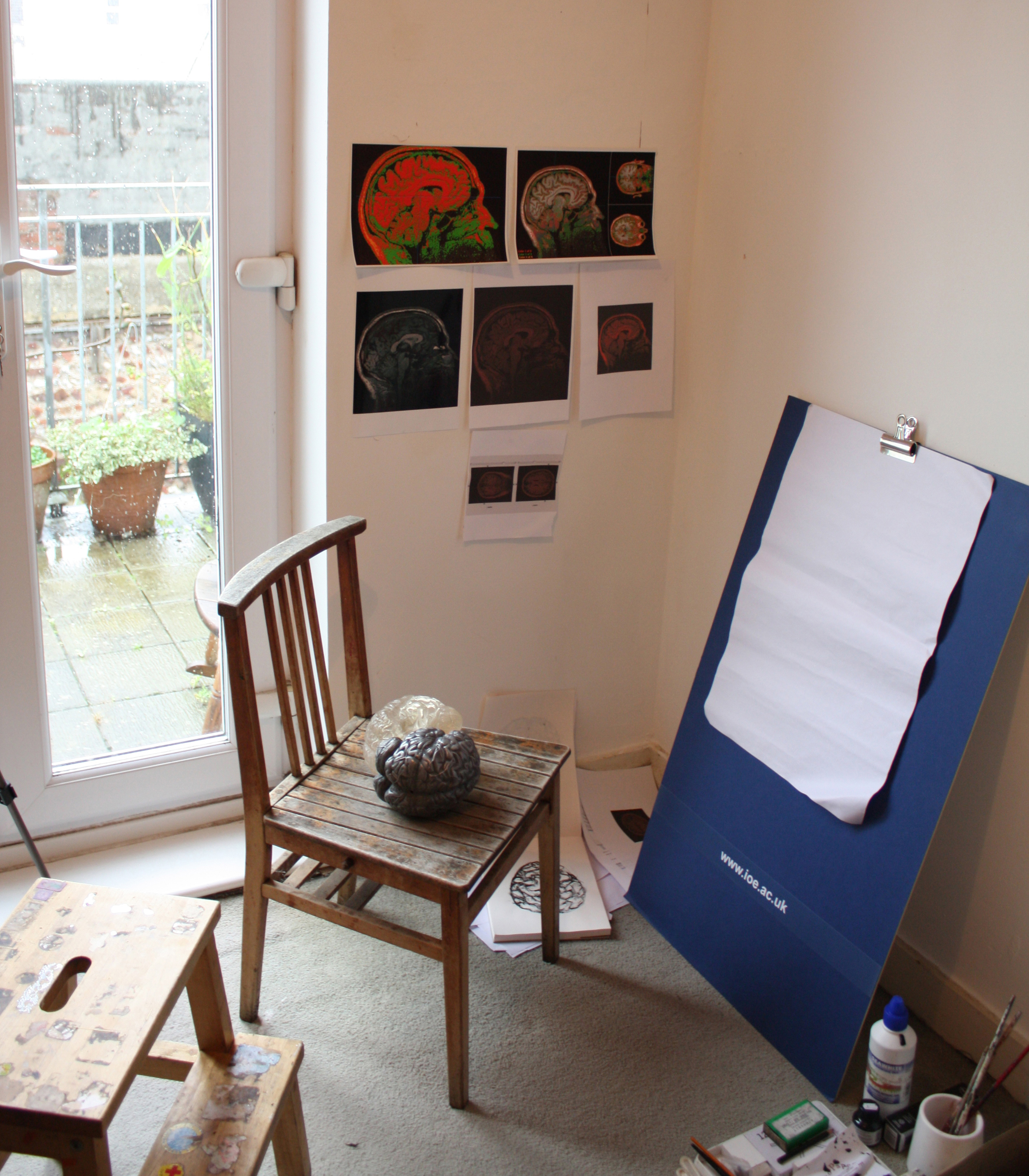I have known Adrian Turner for a very long time. Our commercial relationship goes back to my first agency job in the mid-nineties and during the last 20 years he and his wife, Di have been a constant source of support, wisdom and inspiration. They produced amazing work both on location and in their previous massive studio, complete with original SSE jukebox.
These days, Adrian focuses more on his own work and having just completed a big sale of his seascapes, it's the perfect time to discuss his more creative output.
Two Tides Marina 20.11.12 - My favourite image of Adrian's.
AB: So, you are probably best known for your beautiful seascapes. Are they still your 'thing'?
AT: They are one of three 'things' at the moment. But I do go out and watch the sun come up over the sea everyday. I like to watch the light change. So I'm taking photos everyday. I get really itchy otherwise; I find I've got to do something. And Facebook and stuff is good for that, because you think 'I've got to put something up there'.
AB: Yes, that’s true. I found my #sketchaday project really pushed me to do stuff.
AT: And you get a response as well don't you? Because working by yourself - it can be really isolating.
AB: Exactly, and for me it documents the journey. Because even if I do a crap painting, I'll paint over it. But I'll take a photo and then when I look back I can see the journey.
AT: But I don't think you should ever throw anything away.
AB: What! You're joking.
AT: No, I think I can say this because I've just cleared my parent's house and there are my Dad's old Art School portfolios from 1936. He did commercial art - so 'graphics' now I guess and actually, you know I've never ever thrown a negative away. Actually I tell a lie - when we moved studios I threw away all the commercial work!
Adrian's Great Uncle, the subversive illustrator, Alan Odle.
AB: Was that painful?
AT: No! I had cupboards full. I skipped the whole lot. Except I found an old picture of a guy holding a floppy disk. I kept that one.
AB: Sounds like it was cleansing.
AT: Yes it was. That studio had become a burden rather than a creative space. I felt in the end that I was being forced to do stuff. But now, I might pick up a nice little job and the money goes in the bank rather than paying the rent or the gas bill. And that’s amazing!
AB: So do you feel more creative now?
AT: Well yes, I've been thinking about that and I realised that I do all my work early in the morning anyway, before the sun is even up fully. Obviously it changes with the seasons and at the moment I get a lie in. But every morning I get up when its dark and watch the light change.
Two Tides Shoreham harbour wall 2
AB: And is that always at the sea?
AT: Pretty much. Because for one reason you have a horizon and this panorama where you can look right and have storms over Shoreham and look left and it be bright sunshine and it changes and moves across.
AB: Yes, because there is nothing in the way, so it’s all about the light.
AT: Yes.
AB: But you don’t do it the other way round, when it gets dark?
AT: No, I can't be arsed with that. It’s too busy.
AB: So is it the sea, or is it the light?
AT: Well I started about 10 years ago, and I thought I wanted to be like Turner - you know strapped to the mast.
But I was looking at the results and thinking that is absolutely nothing like what I was experiencing. I was cold, soaking wet and terrified and the result was a few splashy waves.
Two Tides Hove Groyne 1
But then we moved over to France and I started to look at it a lot more calmly. Because there is no one there.
AB: So that was the turning point that you starting to look at the light? Because you had less distractions?
AT: Well yes, you have to remember with a big plate camera you have one crack at it. It not like digital when you are rattling off hundreds of clicks. Each time you press the button it’s about 50 quid and you haven’t got a viewfinder. So you're not looking through a little hole. You've got to really look and say 'Now!' And you've got to be decisive - because when you've got a roll of film and you know you've 36 pictures.
It's when you stop and change the roll. That’s when it happens.
AB: That’s a good point. You're looking at the scene, not through the viewfinder. People forget how photography used to be. Scrabbling around in corners and under tables to change a film.
AT: I use the digital differently, because all the information is there. The time it was taken and the exposure. But I rarely use it as a way of planning a picture. It’s totally different. Although saying that I'm doing another project around town and I might go on to big format.
AB: So you'll choose your camera based on what you're doing.
AT: Yes I think that’s the thing about coming from advertising. You get so used to making things, for example if the weather wasn't right - you went somewhere where it was. And I'm really trying consciously not to do that anymore, I want to capture what’s really there.
AB: So its purely a emotional response?
AT: Well, we’ve all been there. You are walking on the downs or somewhere and you just think ‘wow’. And you think about how to try and reproduce that. And you know I really want to paint. Cos when I see painters they look at something and think I need to add a bit of yellow here and bit of green there and they have to build the whole thing up. But I can’t paint. I haven’t got the patience.
But there are certain things that you know a photograph is never going to capture. Even if I was the best in the world. There is no way a photograph is going to capture that.
It’s like there is a specific moment when the sun comes up and all the whites pop. I think how can I possibly capture that?
AB: And so far it’s eluded you?
AT: There’s loads of stuff that has eluded me. Its like when I saw Hockney’s first show of Polaroids – I remember thinking that’s the rule book gone. Because it wasn’t the frozen moment, there wasn’t a frame even or a single viewpoint.
A later Hockney polaroid (Photographing Annie Leibovitz While She's Photographing Me, Mojave Desert, Feb.1983)
AB: And they’re Polaroids.
AT: Yes its like when I take photos on my phone. It’s a shit camera. But then the other day I was on the seafront and I saw this guy taking a photo. He showed me and I thought, that’s really good. I would spend hours fiddling with the shadows and saturation to try and get something like that. Here I am with 10 grands worth of kit round my neck and he’s taken that photo with a bloody phone and I bet he only looked at it once or twice. He has probably deleted it now as well.
AB: That’s the most interesting that has happened to photography recently isn’t it? The fact that everyone goes out and they have a camera with them.
AT: Yes someone said years ago that we’re all photographers now. But me taking my coffee photos isn’t like other people taking photos of their dinners. Its about what is it for.
One of Adrian's coffee photos from his personal facebook page.
AB: Yes and that spending ages thinking and looking – I believe for example, that Bailey will spend 40 or 50 minutes just chatting to his subjects and drawing them out and only when he feels he has done that and seen something does he go ‘click’ and that’s it.
AT: Yes, Steve Pyke, he works in the same way. And Jane Bown, I love her work. She has her camera in her shopping bag and then she might only take three frames and she is done. Portraits are so difficult because people always change when they are in front of a camera. Sometimes that’s a good thing and sometimes that’s a bad thing.
AB: But you hate being photographed don’t you?
AT: God yeah I hate it. I have seen people taking a photograph for example if its just me alone on the beach and I find myself striking a pose because I think its going to make a good picture for them. I was walking along a path in the park, in the fog and I could see there was someone taking a photo at the end of the path. So I put myself right in the centre of the path so it made it symmetrical for her.
The rarely photographed Adrian Turner
AB: So you composed it for her.
AT: Yes I did.
AT: But I also like Gregory Crewdsen and Jeff Wall – Jeff obviously sees something he wants to capture and the then re-creates it back in the studio with models. They’re huge photos and backlit. So there is nothing hidden, there are no shadows. It’s really interesting – and I think that about Goya – he must have seen something. Kept it in his head and then gone back to his studio and painted it. Amazing. I saw these Goya’s in Madrid and they totally took me by surprise.
Mimic, Jeff Wall, 1982
AB: You had an epiphany.
AT: Oh I’m always having those. Have you seen there’s a bench in Brighton that says something like so-and-so had an epiphany on this bench, but then she forgot what it was.
AB: OH god, where is that? I’m always just walking in autopilot. I just take the shortest route somewhere and it all becomes wallpaper after a while.
AT: Yes, I can really talk about that. When my dad was very ill in 2002 – we couldn’t get to see him very often because he was so far away. So I would send him a little book every day. Up until that point I would always drive to work and I’d try to do it in less than three minutes. Just get from work to home and back again as quickly as possible. But before then, always going for a walk with my dad was a revelation; there was always something he would point out. So I thought I would start to walk to work and take photographs of stuff that we would normally look at and talk about. Stuff like his grandson’s record shop.
I would take these photos and make them into a book and send them to him. And as I was doing this, I realised that I had forgotten the art of looking. Cos as I said before - work was always making something, building room sets, employing models and I had forgotten to look at what was already there. And that was a light bulb moment.
It made me take a different route everyday. And even after he died I kept on doing it and I walked further and further. Because Brighton is very small and you walk through where the rich people live and then through where the poor people live and come out the other side – all in just a couple of hours. And that’s now a new project of mine called Sub Urbia – because you can see it changing. And there is certain point in the social strata where people start decorating their houses and there’s another one where they get a garage. And it's all for display to other people. And then you get the really really rich and they’ve got gates. But at the other end you have people in flats and they put their meercat displays in the window to show people. So its much more human at that end. And that’s been really interesting because you can see it all in the course of a single walk.










